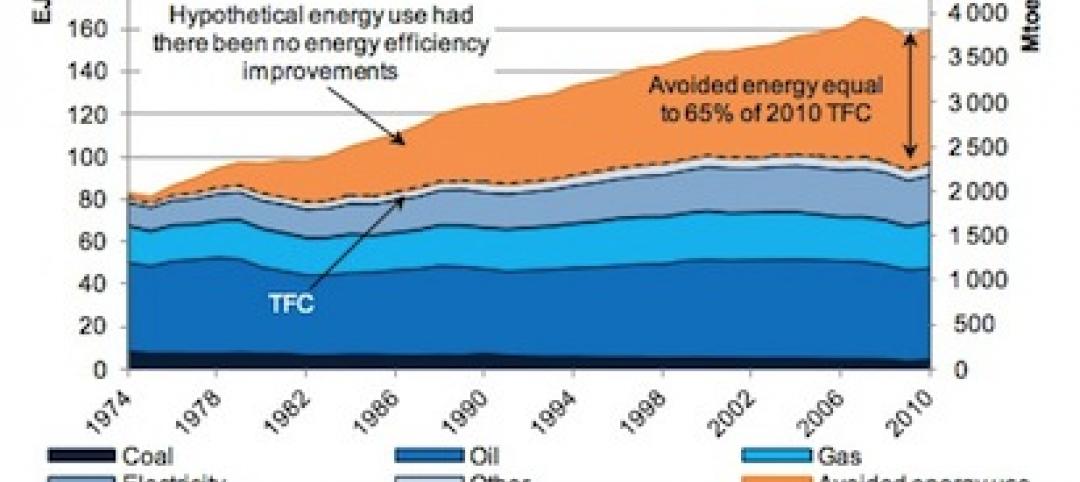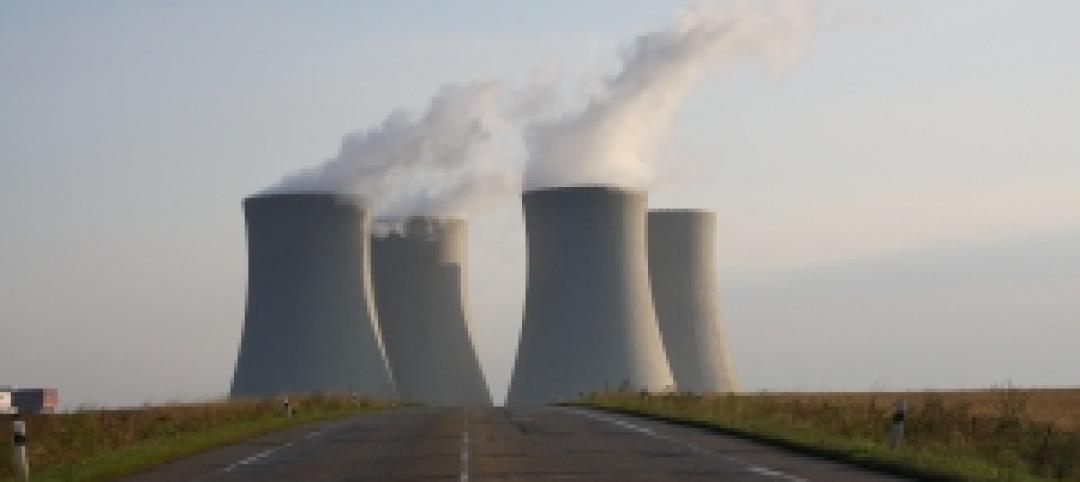WASHINGTON, DC (March 8, 2011) – The Institute for Market Transformation (IMT) and the Natural Resources Defense Council (NRDC) today announced the launch of BuildingRating.org, the world’s first comprehensive resource on energy performance rating and disclosure policies for homes and commercial buildings.
BuildingRating.org contains a searchable library of rating and disclosure information and a user-friendly, interactive map of global policies and programs. BuildingRating.org users can search more than 100 countries and jurisdictions to learn where policies are enacted and how they are being implemented, what types of rating systems are used to evaluate energy performance, and how policies are impacting markets.
“We are pleased to launch BuildingRating.org at this important time in the evolution of global energy rating and disclosure policy,” said Andrew Burr, director of IMT’s Building Energy Rating program. “This resource will be a conduit for policymakers to find and exchange ideas and best practices, and a tool for the real estate industry to track and comply with local policies and programs.”
Energy rating and disclosure encourages energy efficiency by raising consumer awareness about the energy performance and energy cost of homes and buildings. The European Union, China, Australia and a number of U.S. states and cities have enacted rating and disclosure policies.
“Governments around the world are embracing building energy rating and disclosure as a policy tool to reduce energy usage in homes and buildings, drive investments in building energy efficiency and boost local economies by creating jobs,” said Dale Bryk, director of NRDC's Air and Energy Program. “BuildingRating.org is a valuable resource that will help accelerate this trend in U.S. states and cities.”
Last month, the city of San Francisco enacted a commercial rating and disclosure policy, one of nearly 20 such policies related to homes or commercial buildings that are now in place in the United States. IMT staff is in frequent contact with government officials in many U.S. states and cities and updates BuildingRating.org weekly to reflect new policies, policy proposals and research from around the world.
“The initial information-gathering process for BuildingRating.org took more than four months to complete,” said David Leipziger, research associate at IMT and the lead researcher for BuildingRating.org. “We believe cataloguing this information and making it accessible will benefit diverse stakeholders in the public and private sectors.”
ABOUT THE INSTITUTE FOR MARKET TRANSFORMATION
The Institute for Market Transformation (IMT) is a Washington, DC-based nonprofit organization promoting energy efficiency, green building and environmental protection in the United States and abroad. IMT’s work addresses market failures that inhibit investment in energy efficiency and sustainability in the building sector. Visit us at www.imt.org.
ABOUT THE NATURAL RESOURCES DEFENSE COUNCIL
The Natural Resources Defense Council (NRDC) is an international nonprofit environmental organization with more than 1.3 million members and online activists. Since 1970, our lawyers, scientists, and other environmental specialists have worked to protect the world's natural resources, public health, and the environment. NRDC has offices in New York City, Washington, D.C., Los Angeles, San Francisco, Chicago, Livingston, Montana, and Beijing. Visit us at www.nrdc.org.
Related Stories
Smart Buildings | Apr 28, 2014
Cities Alive: Arup report examines latest trends in urban green spaces
From vertical farming to glowing trees (yes, glowing trees), Arup engineers imagine the future of green infrastructure in cities across the world.
| Apr 16, 2014
Upgrading windows: repair, refurbish, or retrofit [AIA course]
Building Teams must focus on a number of key decisions in order to arrive at the optimal solution: repair the windows in place, remove and refurbish them, or opt for full replacement.
| Apr 15, 2014
Avoided energy use exceeds contribution of other fuels: IEA report
Avoided energy use attributable to energy-efficiency investments has resulted in a contribution outstripping the annual consumption of oil, natural gas, electricity, and coal.
| Mar 26, 2014
Callison launches sustainable design tool with 84 proven strategies
Hybrid ventilation, nighttime cooling, and fuel cell technology are among the dozens of sustainable design techniques profiled by Callison on its new website, Matrix.Callison.com.
| Mar 7, 2014
Thom Mayne's high-tech Emerson College LA campus opens in Hollywood [slideshow]
The $85 million, 10-story vertical campus takes the shape of a massive, shimmering aircraft hangar, housing a sculptural, glass-and-aluminum base building.
| Mar 6, 2014
AIA and almost 1,000 other businesses oppose effort to repeal energy efficiency bill
This opposition comes in response to reports that the oil and gas lobby pushed to include a repeal of Section 433 of the Energy Independence and Security Act in the bipartisan Shaheen-Portman energy efficiency bill.
| Feb 13, 2014
Extreme Conversion: Nazi bunker transformed into green power plant, war memorial
The bunker, which sat empty for over 60 years after WWII, now uses sustainable technology and will provide power to about 4,000 homes.
| Jan 30, 2014
How reverse engineering nature can spur design innovation
It’s not enough to copy nature. Today’s designers need a deeper understanding of environmental nuance, from the biome in.
| Jan 23, 2014
Adrian Smith + Gordon Gill-designed Federation of Korean Industries tower opens in Seoul [slideshow]
The 50-story tower features a unique, angled building-integrated photovoltaic (BIPV) exterior designed to maximize the amount of energy collected.
| Jan 16, 2014
The incandescent light bulb is not dead
Despite misleading media reports, January 1 did not mark a ban on the manufacture or import of 60-watt and 40-watt incandescent bulbs.
















